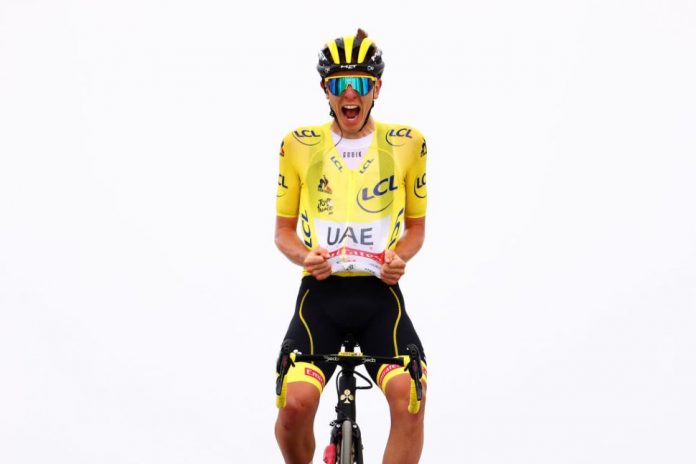Tour de France is one of the most popular sporting events in the world. It is also one of the oldest, having begun in 1903. The Tour de France has been run annually since its first year except when it was canceled because of World War I and II. The cyclists ride over a period, usually almost three weeks or more. They cycle each day for several hours some days; other days they may only ride a fraction as far or not at all due to weather conditions or other problems that can arise during a cycling tour de France.
When there is rain, fog, high winds, or other potentially dangerous conditions, the riders will either cancel their stage completely or reduce the distance they must travel. In this post, we want to look at some interesting facts about the cycling tour de France. The cycling tour de France is a difficult and long race that involves traveling over the most challenging roads in Europe. The course changes every year, but riders generally start in the English Channel port city of Dover; they then cycle counterclockwise around northern Europe to Paris, which is their final destination.
After Paris, they usually go for several days east or south toward Spain before returning west to end at Calais again. There are three routes for participating in the cycling tour de France: there is an individual time trial route (this one includes roughly 50 miles of individual time trials) a team time trial (the team members ride together), and finally, a road stage route that can vary between 100-200 miles each day. This is sporting event that attracts participants and spectators from all over the world and some even use BonusReferrerCode.com to place bets.
The very first Tour De France was held in 1903. It was won by Maurice Garin who completed the race on his bike with no breaks from Paris all the way around northern Europe to Paris again. Because this is such an arduous journey that requires stamina and determination, it is estimated that only 10% of all participants will complete the entire race without dropping out at some point during the course of the event. This has led to some serious concerns related to safety as many of those who drop out usually fall prey to accidents related directly or indirectly due to fatigue, and other varied reasons.
The race is open to all participants who meet the requirements and conditions stipulated by organizers. The first of these qualifiers is age; anyone not over 23 years of age will be ineligible for entry. Aside from this, there are also several times known as cut-offs set by organizers in order to ensure that only those with enough endurance remain within the course. These can be both time-wise and distance-wise depending on various factors such as weather, accidents, road congestion, etc… One prime example of this was how in 2004 a number of cyclists had to fall back because they were unable to maintain the tempo during the race owing to extreme heat in one part of the course where temperatures rose above 40 degrees Celsius (100 °F).
Victors have a custom that they have held on to for a long time of wearing wreaths after their triumphs. This is done to show thanks for the victory to God and also out of respect for the victims who have lost theirs in battles or accidents over the years. A number of these wreaths are given out each year going as far back as 1924 when one was awarded to Henri Pélissier as a memento of his victory. It has been known since then that every victor receives such a gift if he wins a single stage, 2 stages, or more than 3 stages. The presentation lasts approximately 30 seconds (on average) with the presentation taking place in front of the Arc de Triomphe which acts as a backdrop during this part of the event.
Since Paris-Nice 2011 comes around once every two years, it is a relatively old race. Those in the know will remember that Paris-Nice was actually formed by the French paper ‘l’Auto’ back in 1933. The event got its name from l’Auto’s editor at the time, Jacques Goddet who also happened to be one of France’s most prominent cycling journalists. He wanted to create an event that would help promote his newspaper as well as put France on display. His plan worked like a charm with Paris-Roubaix organizer, Albert Dejonghe even calling it the ‘Tour de France for amateurs.’
Wrap Up
Unsurprisingly the event was greatly successful with crowds lining the roads and viewing areas. In fact, so popular was Paris-Nice that l’Auto created a women’s version of the race exactly one year later. The Tour de France had started just two years earlier but men were not yet ready to take on such long journeys by bike so there were no worries about Paris-Nice stealing any of le Tour’s thunder.








